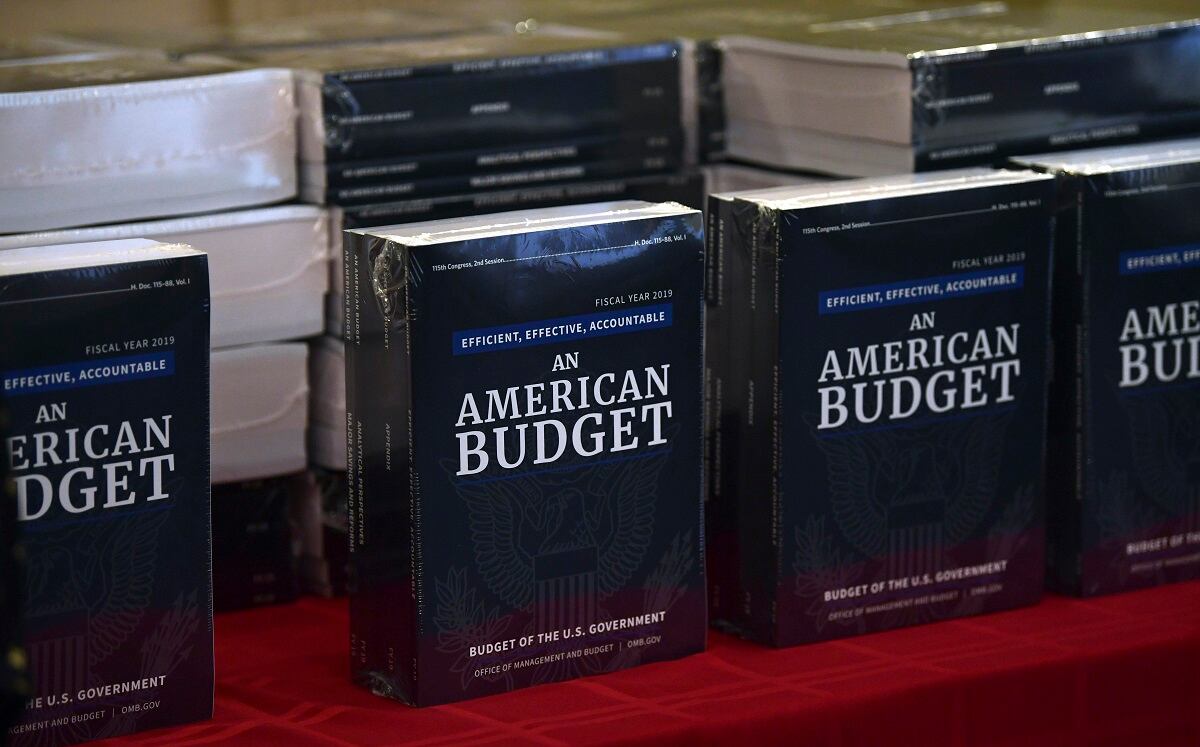It’s no secret that the military services fight hard to protect their shares of the defense budget. Just last week, Chief of Naval Operations Adm. Michael Gilday made his case for a greater share of the defense budget. Army Secretary Ryan McCarthy quickly answered, making the same claim on behalf of his service. What if the Department of Defense were able to use these rivalries as a force for good? The secretary of defense should pit the services against each other in a healthy competition for solutions to real operational challenges. The reward? More funding in their budgets to implement the best solutions.
It is by now old news that the 2018 National Defense Strategy solidified a shift in priorities from long-term counterinsurgency and stabilization operations in the Middle East to strategic competition with China and Russia. This shift represents a significant change in what the country will require of the joint force in the future. As a result, to fully embrace this shift in priorities, it follows that the services must accept additional risk in some areas in order to invest in the capabilities required to sustain U.S. military advantage over aspiring great powers. In other words, in order to implement the NDS, the DoD must shift resources.
But shifting resource around with the defense budget is really hard. For the most part, defense budgets are built from the bottom up, with each program having strong institutional champions, regardless of how relevant that program is to the current strategy. In this environment, it’s difficult to take money away from something to give it to something else. The result is budgets that largely reflect the status quo.
While the DoD should of course avoid capricious and destabilizing swings in funding for defense programs, there are times when deliberate, strategy-driven shifts in resources are necessary. To make it a little easier to move money around the DoD in these cases, we recommend in our latest report that the secretary of defense harness interservice rivalry as a force for good. The secretary should give the services specific operational challenges to solve at the outset of the budget cycle, and reward the service or services with the best solutions at the end of the cycle with the funds to implement them.
The DoD competition would start at the beginning of the budget cycle, with the operational challenge given alongside the usual strategic, planning and fiscal guidance. Over the course of the budget cycle, the services would each work to come up with solutions to the operational challenges posed by the secretary.
During program review, the services would present their solutions to defense leadership. The service or services with the best solution to the secretary’s challenges would then receive the funds to implement them.
To fund this competition, the secretary would have to hold back some resources at the start of the process, effectively giving less to each of the services to begin with. This decision will be extremely unpopular with the services, but it will also ensure that the secretary has easily accessible funding available to him or her at the end of program review with which to ensure that the services are implementing his or her top priorities.
The idea of spurring innovation through competition is not new. The DoD already uses competitions to drive innovative solutions to a wide variety of technical challenges. Take the Defense Advanced Research Projects Agency’s Launch Challenge, which aims to improve resiliency in space by tasking participants to “launch payloads to orbit on extremely short notice.” DARPA will give the team who is able to complete both launches a prize of $10 million to continue their work.
In addition, this past September, the DoD’s Joint Artificial intelligence Center, along with the National Security Innovation Network, hosted a Hackathon at the University of Michigan. Participants came from both academia and the commercial industry to find artificial intelligence-enabled solutions. The hackers were given a specific problem and then tasked with finding a solution. The winners of the Hackathon are rewarded with — surprise — money!
The services like money just as much as the average citizen, and the Department of Defense needs to take this concept and use these persistent and unavoidable interservice rivalries as a force for good. A healthy competition between the services, incentivized by funding, could be the next step toward implementing and addressing the challenges inherent in implementing the National Defense Strategy.
Susanna V. Blume is a senior fellow and the director of the defense program at the Center for a New American Security. Prior to joining CNAS, she was deputy chief of staff for programs and plans to the 32nd deputy secretary of defense. Molly Parrish is a research assistant with the same program at CNAS.









